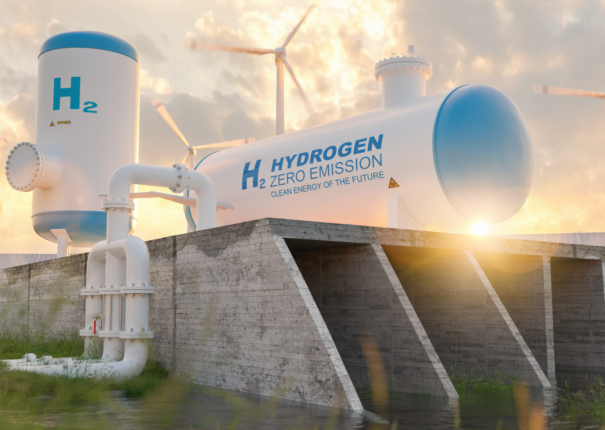Reforming California’s Cap and Trade Program
Analysis and Recommendations

The California Cap and Trade Program plays a pivotal role in the state’s efforts to reduce greenhouse gas emissions. The program is currently under review to incorporate updated emissions inventory data and the increased emissions reduction targets adopted in the 2022 Scoping Plan. The revised regulations will determine emissions targets, budgets, and potential reforms for … Read more










